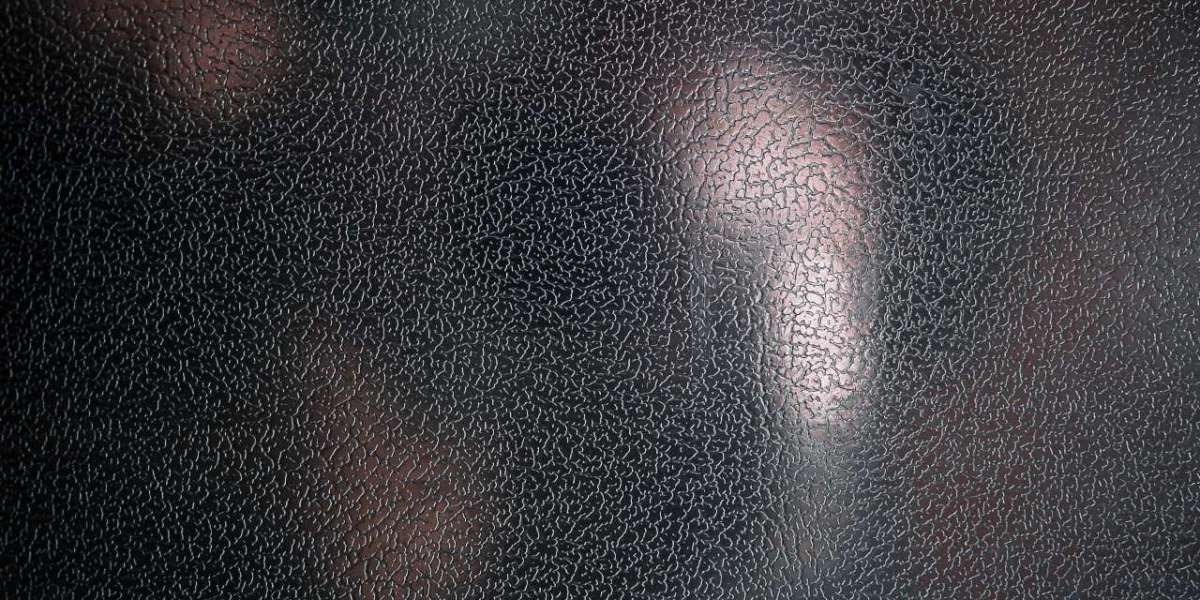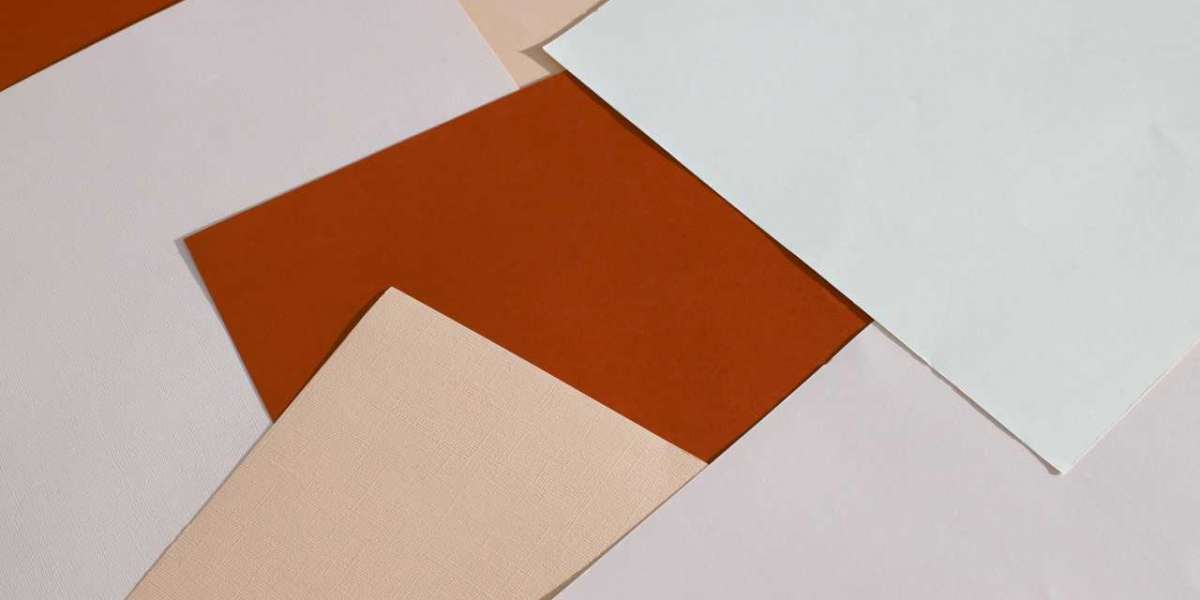When it comes to cutting applications, choosing the right blade material is crucial for achieving optimal results. The blade material determines the blade's durability, sharpness, and overall performance. In this article, we will explore the factors to consider when selecting the appropriate blade material for your cutting needs.
Understanding the Importance of Blade Material
Before delving into the selection process, it is essential to understand why blade material plays a significant role in cutting applications. The blade material directly affects the blade's ability to withstand the forces and stresses involved in cutting various materials. Different blade materials offer distinct advantages and limitations, making it crucial to choose wisely.
Factors to Consider
1. Material being cut
The first factor to consider is the material you will be cutting. Different materials require different blade materials to achieve optimal results. For example, cutting through wood requires a blade with different properties compared to cutting through metal. Understanding the properties of the material being cut will help you select a blade material that can withstand the specific demands of the application.
For instance, if you are cutting through metal, a high-speed steel (HSS) blade would be a suitable choice. HSS blades are known for their excellent heat resistance and durability, making them ideal for cutting through tough materials like stainless steel.
2. Cutting speed
The cutting speed also plays a crucial role in determining the appropriate blade material. Different blade materials have varying cutting speed limits. If you need to cut at high speeds, you should opt for a blade material that can withstand the heat generated during fast cutting without compromising its sharpness and durability.
For high-speed cutting applications, carbide blades are often the preferred choice. Carbide blades are known for their exceptional heat resistance and ability to maintain their sharpness even at high cutting speeds.
3. Blade lifespan
Another important factor to consider is the desired lifespan of the blade. Some cutting applications require blades that can withstand heavy use over an extended period. In such cases, choosing a blade material with excellent durability is crucial to avoid frequent replacements and downtime.
For example, diamond blades are renowned for their exceptional durability and longevity. They are commonly used for cutting hard materials like concrete and stone, where a longer blade lifespan is essential.
4. Cost-effectiveness
While performance is crucial, cost-effectiveness is also a significant consideration when choosing a blade material. Some blade materials may offer superior performance but come at a higher cost. It is essential to strike a balance between performance and cost to ensure that you are getting the best value for your investment.
For cost-effective cutting applications, high-quality steel blades can be a suitable choice. They offer a good balance between performance and affordability, making them a popular option for various cutting needs.
Conclusion
Choosing the right blade material for cutting applications is a critical decision that can significantly impact the success of your projects. By considering factors such as the material being cut, cutting speed, blade lifespan, and cost-effectiveness, you can make an informed choice that meets your specific requirements. Remember, the right blade material will enhance your cutting performance, improve efficiency, and ultimately lead to better results.







